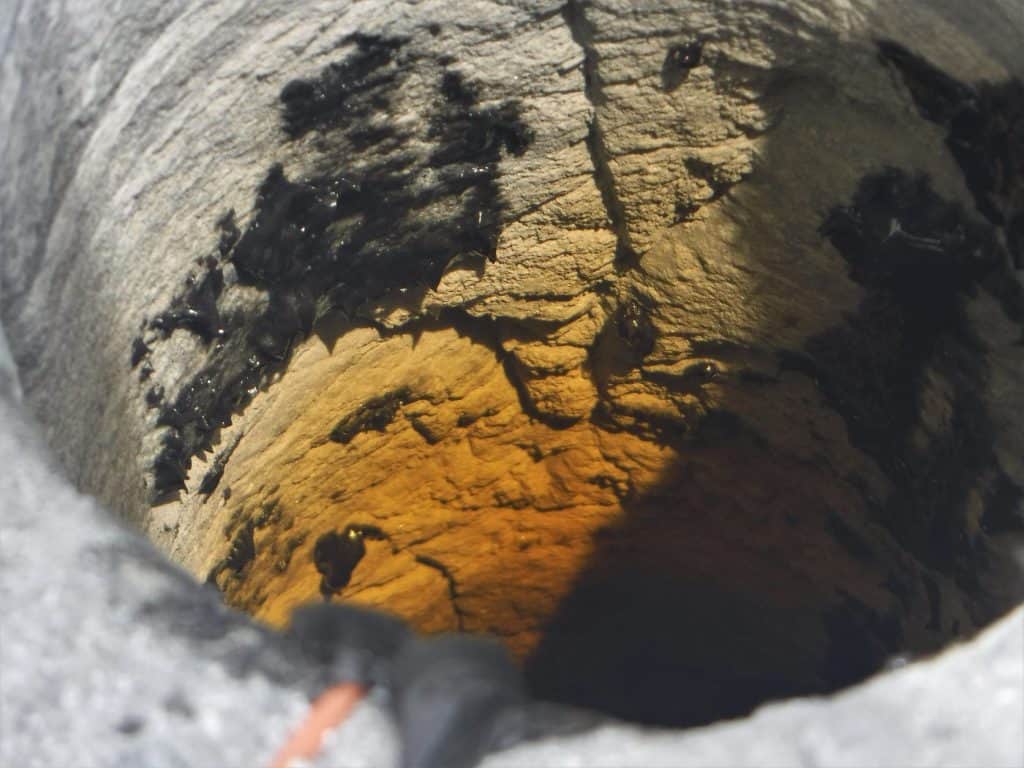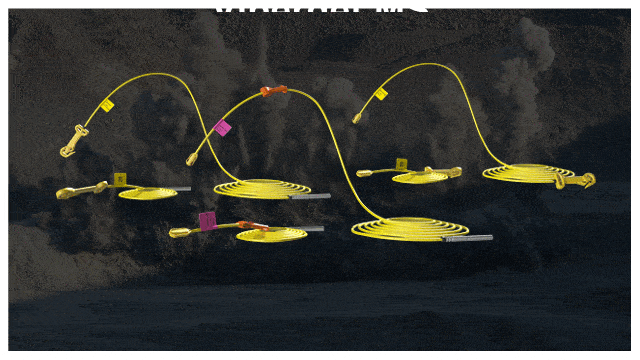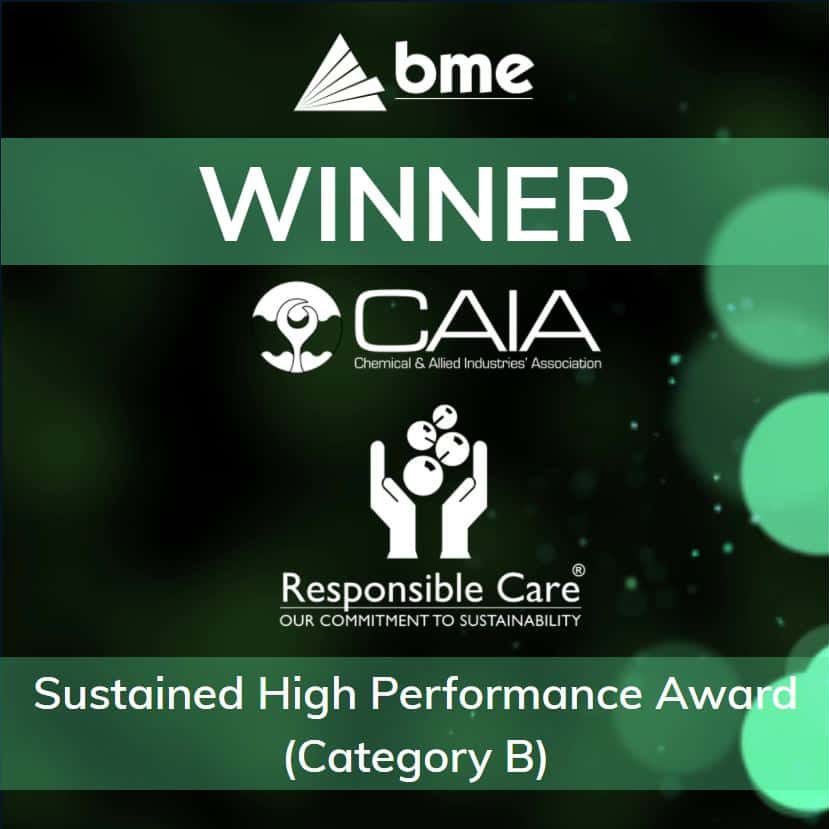When a South African zinc mine experienced a premature detonation in one of its blastholes, BME was soon on site to investigate the incident and apply a safe strategy to proceed.
According to BME technical services manager Deon Pieterse, the cause of the detonation was the reactive ground being drilled for blasting. This was an example of the exothermic chemical reaction that can occur between sulphide-bearing rock and ammonium nitrate-based explosives in the blasthole.
“The mine was found to have geologically bounded reactive zones within its rich zinc deposits,” said Pieterse. “Due to the natural process of weathering and leaching, the upper benches of the transition zone are more prone to reactivity – as these benches contain more exposed sulphide or sulphide bearing rock and soils.”
He noted that the area being blasted had previously been mined and did not have a history of ground reactivity. Where reactive ground is known to occur, reactive zone mapping of the geology of the mine can be used to mark out potential reactive ground areas in the current and future mining blocks.
“In this case, an unexpected detonation of three holes occurred after the loading process was completed and before blast firing,” he said. “There were no injuries associated with these events.”
The blast block was immediately evacuated and barricaded. For two days, other blast holes showed signs of reaction. This included the emission of smoke and yellow orange reacted emulsion froth coming out of the blast holes. After signs of reaction ceased, and the pit was declared safe, and an in-pit inspection was conducted. Ground samples were collected from the reactive areas and sent for ammonium nitrate and ground reactivity analysis.

“During our inspection, 35 holes were found to have shown signs of reaction,” he said. “Other holes were temperature checked with in-hole readings of between 131°C and 170°C at one metre below the hole collar. South Africa National Standards require detonators to function nominally up to 85°C; anything above this increases the possibility of unplanned detonation.”
Ground samples were collected from the reactive areas and sent for testing at the BME’s Losberg laboratory. Here, extreme reactions were observed in two samples of reactive ground that had been loaded with uninhibited bulk ammonium nitrate explosives.
“We monitored the temperature of the samples during testing with a temperature data logger, and measured temperatures exceeding 700°C within an hour of mixing the samples,” he said.
BME was then able to apply its urea-inhibited bulk emulsion – brand named INNOVEX RG – which is specially designed for use in reactive ground. Applying the same tests, this inhibited emulsion did not react, or cause any temperature spike.
“Mines can use urea-inhibited bulk emulsion, as urea reduces the rate of reaction and slows heat build-up,” he said. “Blocks should then be kept small enough to be fully charged and fired the same day.”

He noted that, in some instances, holes may need to be sleeved with plastic liners before charging – to isolate the explosives from the blasthole walls. Drill assistants should then keep drill cuttings clear of the blast hole collars, to a radius of at least half a metre.
“Drill cuttings that mix in with explosives present a higher risk of rapid temperature build-up,” he said. “Clearing the hole collars of drill cuttings will prevent activity around the hole collar – such as charging and hole priming – from pushing cuttings back into the hole and onto the explosives column.”
As a rule, personnel on the block must be kept to a minimum during the priming and stemming activities. They should also be careful to check that all explosive and initiation products used to blast reactive ground are compatible; also, each product must be qualified to operate within the temperature range.
“It is important that imported stemming material must be tested to be free of reactive ground,” he said. “Unless stemming can be done rapidly using a stemming truck, blast holes should remain unstemmed.”
He warned, however, that with no stemming in the blast holes, there may be increased air blast and more flyrock from the surface cratering.
“If the holes need to be stemmed, then this must be done just before blasting time – so that all holes remain open for long as possible to release heat,” he said. “This reduces the risk of hole deflagration and unexpected detonation.”
He highlighted another benefit of having unstemmed holes: they can be observed more easily. For instance, reacting holes may emit visible fumes, in colours of yellow, orange, red and brown. If this occurs, then the blast area should be immediately evacuated and secured, and personnel moved to a safe distance.





